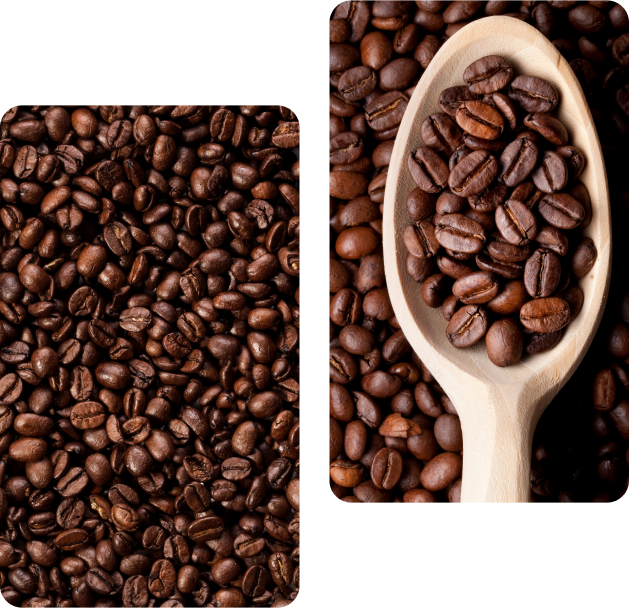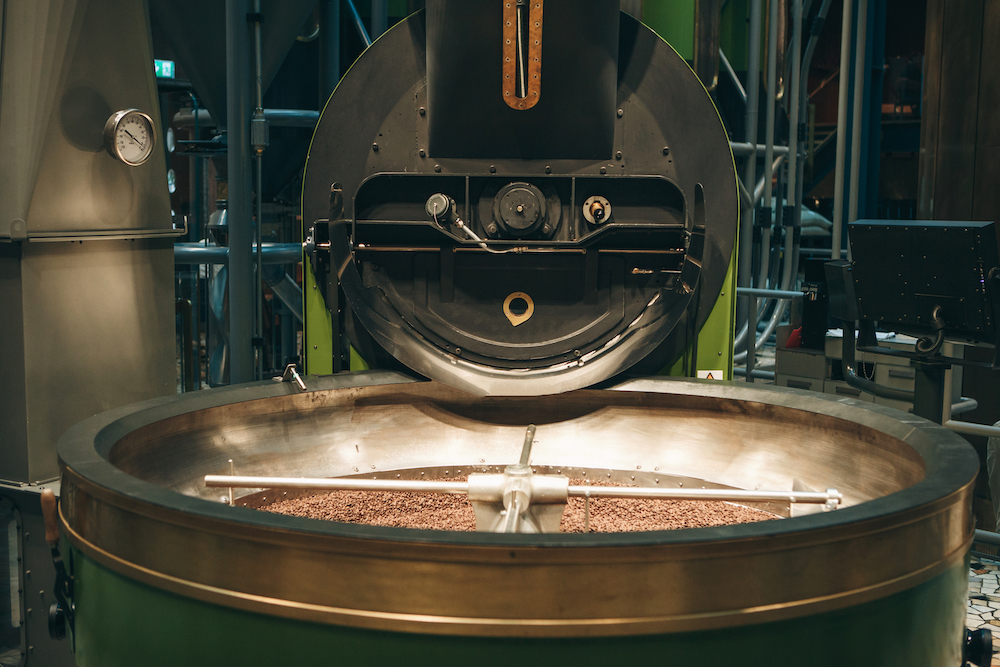What should be considered when packaging coffee? 
Coffee is a very complex product. With all the aromas, flavors and roasting and packaging techniques, there are a multitude of factors that affect how the coffee tastes, and how long it remains fresh. While we refrain from giving specific product advice, analyzing the headspace oxygen and CO2 will give you some powerful information to decide what is best for your coffee.
What determines how long coffee will last before going stale?
The shelf life of coffee is determined by a few key aspects, including exposure to air (specifically the oxygen in air), moisture, heat, and light. The staling of coffee is caused by oxygen, but is accelerated by the other factors. Coffee stored under nitrogen, in a cool/dry place will give you the longest shelf life.
What is the advantage to flushing with nitrogen over vacuum sealing?
Immediately after roasting, coffee begins to emit CO2. The off-gassing process last for days, meaning that vacuum packed coffee was not packaged immediately after roasting (otherwise the bag would inflate/explode). So, while it is true that vacuum packing coffee will help to preserve its shelf life, it is generally accepted that M.A.P. (modified atmosphere packaged) coffee is fresher.

Let it all out…
Many coffee companies choose to have degassing valves in their packages allowing one way gas flow out of the package. These valves serve to make sure that the package doesn’t over inflate, as well as allowing for displacement of residual oxygen. Because of this, some roasters are interested in the CO2 levels in their packages, while others are only concerned with the removal of oxygen. Quantek Instruments provides analyzers to test for one or both gases. The 901 (handheld) and 905 (benchtop) analyze oxygen levels, while the Model 907 (portable) and Model 902D (bench top) analyze both oxygen and carbon dioxide levels.
How much oxygen should remain in my coffee package?
Most of our coffee customers try to get “as little oxygen as possible” in their coffee package. However, 2-3% seems to be the acceptable range. “Considering that it is recommended to have no more than 3% oxygen content in the package, it is important to select wisely when purchasing and selecting packaging materials and methods.” 1
1Coffee Analysts, Coffee Packaging and Shelf life, March 29th 2011
